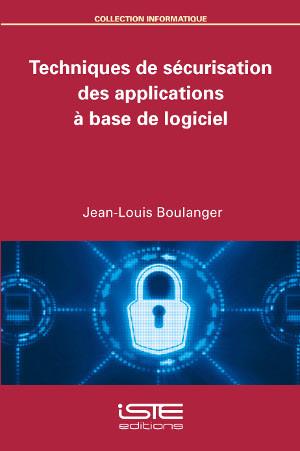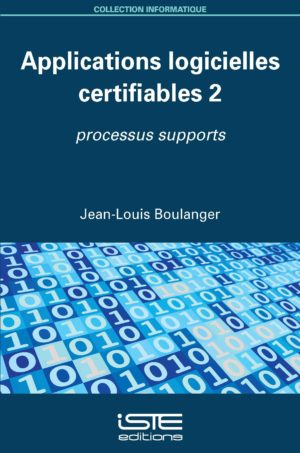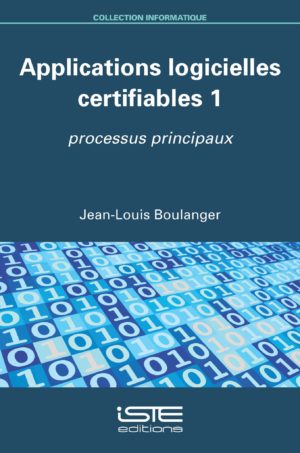
The railway sector is subject to varying normative and legal systems across different countries. The CENELEC 50128 standard and its international version IEC 62279 are necessary for the realization of software applications within this sector. This book is dedicated to the 2011 version of the CENELEC 50128 standard, which defines the implementation of techniques and […]
The railway sector is subject to varying normative and legal systems across different countries. The CENELEC 50128 standard and its international version IEC 62279 are necessary for the realization of software applications within this sector.
This book is dedicated to the 2011 version of the CENELEC 50128 standard, which defines the implementation of techniques and methods and focuses on management skills and the establishment of an independent evaluation.
The authors stress the need for qualified tools, organization with independence and the presence of an effective verification pole. The construction of two types of software, software and parameterized so-called generic software, are introduced. The involvement of people from within the industry allows the authors to avoid the usual confidentiality problems which can arise and thus enables them to supply new useful information (photos, architecture plans, real examples, etc.).
By providing a real implementation guide to understanding the fundamentals of the standard and the impacts on the activities to be performed, this book helps to better prepare the compulsory phase of independent evaluation.
1. From the System to the Software.
2. Railway Standards.
3. Risk and Safety Integrity Level.
4. Software Assurance.
5. Requirements Management.
6. Data Preparation.
7. Generic Application.
8. Modeling and Formalization.
9. Tool Qualification.
10. Maintenance and Deployment.





